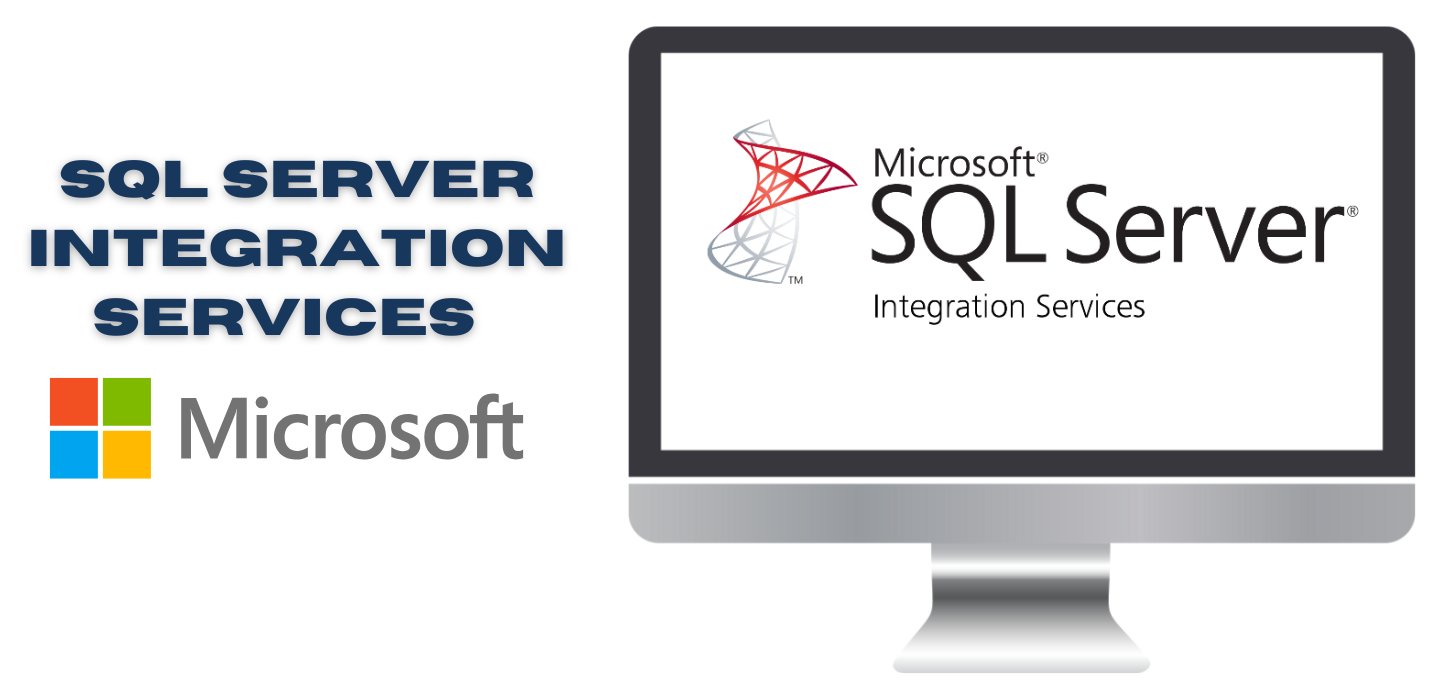Table Of Contents

Understanding SQL Server Integration Services (SSIS)
SQL Server Integration Services (SSIS) is a data integration and ETL (Extract, Transform, Load) tool that is part of Microsoft SQL Server. It allows developers to move, transform, and manage data across multiple systems efficiently. SSIS is used in data warehousing, migration, automation, and real-time data processing, making it an essential tool for businesses handling large amounts of structured and unstructured data.
SSIS helps organizations reduce manual data processing efforts, ensuring that data is processed accurately, consistently, and efficiently. It integrates with SQL Server, cloud platforms, APIs, Excel, and other data sources, making it a versatile choice for enterprises.
Why SSIS is Important for Data Management
SSIS is crucial for businesses that deal with large-scale data processing. It provides:
- Automated Data Processing – Reduces manual intervention by scheduling and executing tasks automatically
- Data Cleansing & Transformation – Validates and processes raw data before loading it into a database or reporting system
- Seamless Integration Across Multiple Systems – Supports SQL Server, Oracle, MySQL, APIs, cloud storage, and third-party data sources
- Scalability & Performance – Handles large datasets efficiently with parallel processing
- Error Handling & Logging – Tracks errors, logs failures, and enables debugging without interrupting the entire workflow
How to Install and Set Up SSIS
Install SQL Server and SSIS
SSIS is included in SQL Server Data Tools (SSDT). To install SSIS, follow these steps:
- Download & Install SQL Server
- Go to the Microsoft SQL Server website and download the latest version.
- Select SQL Server Developer or Standard Edition based on your needs.
- During installation, select Database Engine Services and Integration Services.
- Install SQL Server Data Tools (SSDT)
- Download SSDT from Visual Studio Downloads
- During installation, select Integration Services under the Workloads section.
- After installation, open Visual Studio and create an SSIS project.
- Configure SSIS in SQL Server
- Open SQL Server Management Studio (SSMS)
- Go to SQL Server Configuration Manager and ensure that SSIS Services are running
Core Components of SSIS
Control Flow
Control Flow defines the sequence of execution for tasks in an SSIS package. It includes:
- Execute SQL Task – Runs SQL queries within SSIS
- Data Flow Task – Transfers and transforms data from source to destination
- File System Task – Manages files (copy, move, delete, rename)
- Script Task – Runs C# or VB.NET scripts for custom processing
- Send Mail Task – Sends automated email notifications based on conditions
Data Flow
Data Flow is responsible for extracting, transforming, and loading data. It consists of:
- Data Sources – Extracts data from SQL Server, Excel, APIs, flat files, and cloud databases
- Transformations – Cleans, aggregates, sorts, and processes data
- Data Destinations – Loads processed data into databases, reports, or cloud storage
SSIS Expressions and Variables
SSIS allows dynamic data manipulation through expressions and variables. These are useful for:
- Parameterized Queries – Modify SQL queries dynamically
- File Naming Conventions – Generate filenames automatically
- Conditional Processing – Adjust logic based on changing conditions
Using SSIS to Create a Data Integration Workflow
Step 1: Create a New SSIS Package
- Open Visual Studio
- Select Integration Services Project
- Right-click on SSIS Packages and Add New Package
Step 2: Add Data Flow Task
- Drag the Data Flow Task from the Toolbox into the Control Flow
- Double-click the task to open the Data Flow Designer
Step 3: Define Data Sources
- Drag and drop a Source (e.g., SQL Server Source)
- Configure the Connection Manager to point to your database
Step 4: Apply Data Transformations
- Add transformations such as:
- Sort & Filter – Organize or remove unnecessary data
- Derived Column – Create new calculated columns
- Lookup Transformation – Match data with external sources
Step 5: Define Data Destinations
- Drag and drop a Destination (e.g., SQL Server, Flat File, or Cloud Storage)
- Configure the Connection Manager to save processed data
Step 6: Execute the SSIS Package
- Click Start to run the package
- Monitor logs for any errors or warnings
Error Handling in SSIS
SSIS provides built-in error handling mechanisms to manage failures without stopping execution
Key Error Handling Techniques
- Event Handlers – Trigger alerts or logging when errors occur
- Redirecting Failed Rows – Store problematic data separately for review
- Data Profiling Task – Detect and fix data inconsistencies before processing
How SSIS is Used in Different Industries
Financial Services
- Automated Fraud Detection – Consolidates real-time transactional data for fraud analysis
- Regulatory Compliance Reporting – Automates report generation for compliance requirements
E-commerce & Retail
- Customer Data Synchronization – Integrates data from websites, CRM, and ERP systems
- Inventory Management – Automates stock updates across warehouses
Healthcare
- Patient Data Integration – Centralizes records from multiple hospitals and clinics
- Medical Research Data Processing – Aggregates clinical trial data for analysis
Optimizing SSIS Performance
To ensure efficient execution, follow these best practices
Best Practices for SSIS Optimization
- Use Bulk Insert – Loads large datasets faster than row-by-row operations
- Optimize Data Flow Buffers – Adjust buffer size to handle large volumes efficiently
- Minimize Lookup Cache Size – Prevents excessive memory usage during lookups
- Avoid Unnecessary Transformations – Keeps the process streamlined for performance
Conclusion: Why SSIS Remains an Essential Tool
SSIS is one of the most powerful ETL and data integration tools for enterprise environments. Whether you need data migration, automation, or cloud integration, SSIS provides the flexibility and scalability to handle complex workflows with minimal manual effort
With its ability to integrate multiple data sources, automate processes, and optimize performance, SSIS remains a top choice for businesses looking to streamline their data-driven operations
Would you use SSIS for your next data integration project?











